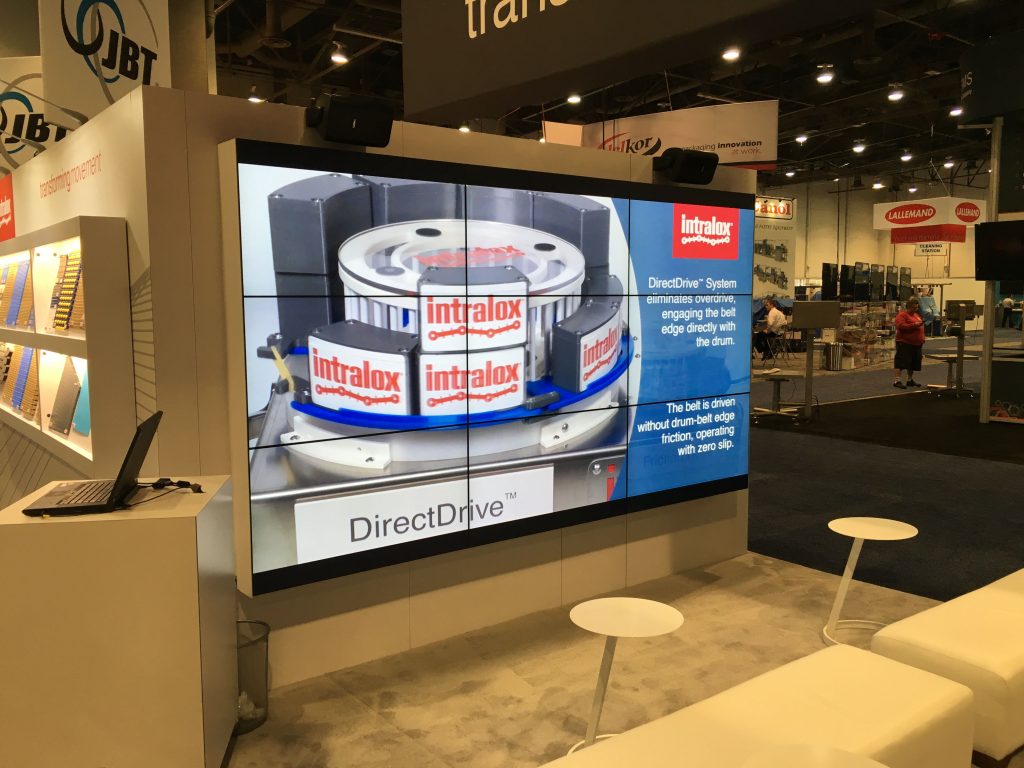A Comprehensive Comparison of Different Light Emitting Diode Display Wall Techniques and Their Uses
A Comprehensive Comparison of Different Light Emitting Diode Display Wall Techniques and Their Uses
Blog Article
Light Emitting Diode display walls are increasingly common across different environments, including concerts, sports events, and corporate meetings. These large big screens consist of composed of numerous small LED panels that work together to create a single cohesive visual. Various multiple kinds of Light Emitting Diode display screen solutions on the market, every having its own features and benefits. Understanding these technologies can help businesses as well as organizations select the appropriate solution for their specific needs.
One frequent kind of LED video screen solution is the direct view LED. Such solution utilizes individual LED units which are placed closely together to form a large display. Directly viewed LED walls are recognized for their elevated brightness and vibrant hues, which makes them ideal for outdoor events and well-lit lit environments. These displays also have a broad sight angle, which indicating that viewers can view the display clearly from various locations. Such renders direct view LED walls a favored option for sports arenas and outdoor festivals.
A different kind of LED video wall solution is the LED illuminated LCD. This technology combines conventional Liquid Crystal Display displays with LED illumination for improved brightness as well as hue accuracy. LED-backlit LCDs are often utilized in interior environments, including retail malls and conference rooms. They provide superior image quality and are typically more affordable than directly viewed LED walls. However, they may often function as effectively in well-lit settings, as the backlighting can occasionally dull the colors.
A third option is the Organic Light Emitting Diode display screen. Organic Light Emitting Diode technology offers superior contrast and color depth compared to other types of screens. Every dot in an Organic Light Emitting Diode display produces its individual luminescence, enabling for genuine dark tones as well as lively hues. This renders Organic Light Emitting Diode display screens particularly appealing for applications that require high-quality visuals, such as art galleries or high-end shopping outlets. Nonetheless, OLED technology can be more expensive and may not be as bright as direct view LED walls, making it not appropriate for external applications.
In addition to these technologies, various additionally various applications for LED display screens. They can be utilized for advertising, entertainment, and data presentation. For example, businesses commonly utilize LED video screens for electronic signage to attract clients as well as promote products. In entertainment, these displays enhance the sight encounter at concerts and gatherings, providing dynamic backdrops as well as engaging visuals. Within corporate settings, Light Emitting Diode display screens can be used for presentations, visual conferencing, and educational programs, helping to communicate data in a aesthetically attractive way.
To summarize, Light Emitting Diode video screens are Get More Info available in various types, each having its unique advantages as well as uses. Direct view Light Emitting Diode walls are ideal for outdoor applications, whereas LED-backlit Liquid Crystal Displays are more appropriate for indoor environments. Organic Light Emitting Diode display walls offer superior image quality yet may come at a greater cost. Understanding the differences differences can assist entities make knowledgeable decisions about which type of Light Emitting Diode display wall most meets their requirements, whether it be for advertising, amusement, or business use.